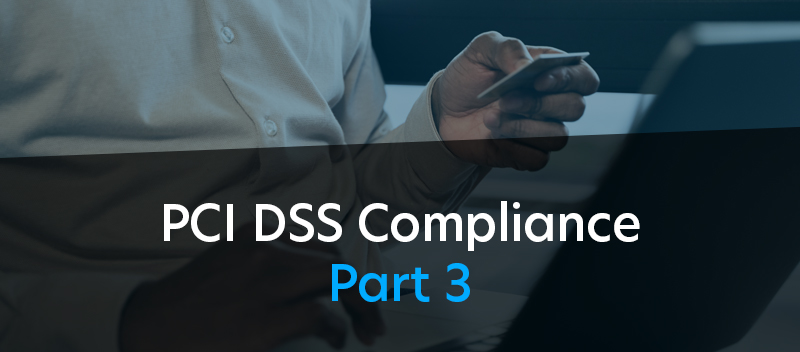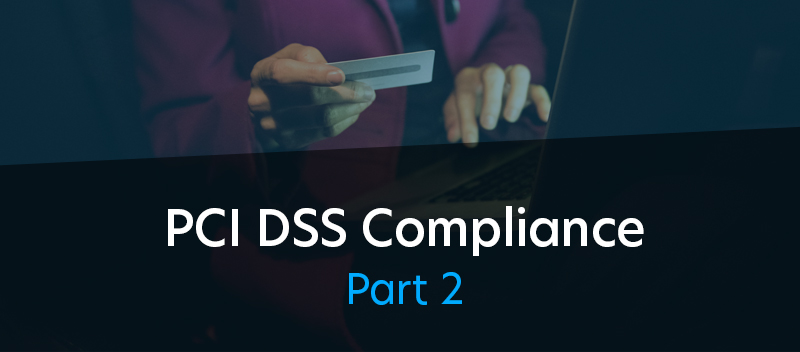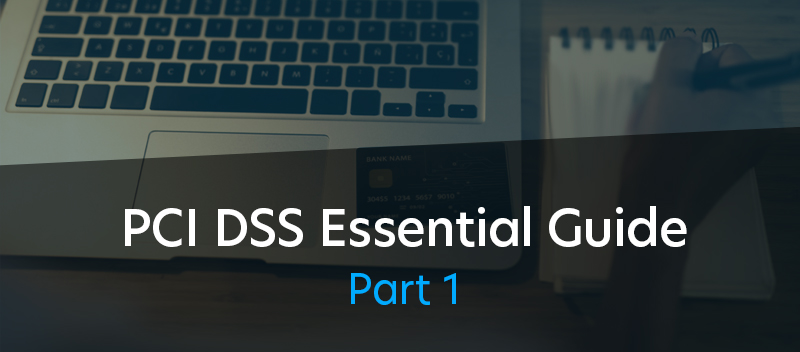Blog Cybersecurity Compliance: A Boon for Educational Institutions
Cybersecurity Compliance: A Boon for Educational Institutions

Educational institutions possess a wealth of valuable data. This ranges from personal information of students and staff to intellectual property and research findings. However, the shift to remote learning and the prevalent usage of technology has heightened the rate of cybercrime. This further emphasizes the urgency for robust cybersecurity measures.
However, educational institutions often need help with various challenges. Limited resources, especially in public sector institutions, can restrict investment in sophisticated cybersecurity infrastructure. Also, the culture of openness and collaboration inherent in educational settings can conflict with the need for stringent security controls. This further complicates the implementation of practical measures.
Despite these challenges, it’s clear that by investing in cybersecurity measures and overcoming these obstacles, academic institutions can protect themselves from potential cyber threats.
Compliance Requirements for Educational Institutions
Educational institutions are subject to a variety of compliance requirements. These are designed to protect sensitive data and maintain the integrity of the academic environment.
The National Institute of Standards and Technology (NIST) Special Publication 800-171
The National Institute of Standards and Technology (NIST) Special Publication 800-171 outlines requirements for protecting the confidentiality of Controlled Unclassified Information (CUI). Educational institutions that handle such information must adhere to these guidelines to ensure the security of their data.
Department of Defense (DoD) contracts and the Cybersecurity Maturity Model Certification (CMMC)
Educational institutions contracting with the Department of Defense (DoD) must also comply with the Cybersecurity Maturity Model Certification (CMMC). This certification ensures contractors have the necessary cybersecurity practices and processes to protect sensitive DoD information.
Recommendations and Resources Provided by the U.S. Department of Education
The U.S. Department of Education offers a variety of resources and guidance to help educational institutions comply with federal laws and regulations. Here are some key recommendations and resources:
Every Student Succeeds Act (ESSA): The Department offers policy documents, legislation, regulations, and guidance on the ESSA and other topics.
HECA Compliance Matrix: The HECA Compliance Matrix lists fundamental federal laws and regulations governing colleges and universities.
Guidance and Information on Post-Secondary Education: These include vital acts such as the Higher Education Act (HEA), Family Educational Rights and Privacy Act (FERPA), and Americans with Disabilities Act (ADA), among others.
By adhering to these compliance requirements, educational institutions can safeguard their data, protect the privacy of students and staff, and foster an environment of trust and security.
Cybersecurity Compliance Importance
Here are the reasons why cybersecurity compliance is crucial in today’s dynamic landscape:
Protecting Sensitive Information
As we said, educational institutions store a wealth of sensitive data, including student records, staff details, financial information, and research data. Implementing robust cybersecurity measures helps safeguard this data from unauthorized access, data breaches, and cyber-attacks.
Maintaining the Reputation of the Institution
A data breach can significantly damage an institution’s reputation, causing a loss of trust among students, parents, employees, and partners. By complying with cybersecurity standards, institutions can demonstrate their commitment to data protection, enhancing their credibility and reputation.
Compliance with Regulations
Non-compliance can result in severe penalties, including fines and loss of federal funding. Thus, cybersecurity compliance is not just about data protection but also legal and regulatory adherence.
For more on our cybersecurity and compliance services, Click Here
Cybersecurity Best Practices for Educational Institutions
Here are some of the best practices for cybersecurity in educational institutions:
Defining Risks: These could include threats such as phishing attacks, malware, ransomware, or data breaches. Once these risks are defined, institutions can develop strategies and mitigation plans.
Ensuring the Security of Stored Data: Schools and colleges store sensitive data, so they must be stored securely to prevent unauthorized access. This could involve encryption, secure servers, and other data protection measures.
Managing Access Rights: Access to sensitive data and systems should be carefully managed and restricted to only those who require it for their roles. This includes implementing strong password policies, using multi-factor authentication, and regularly reviewing access rights.
In addition to these, other notable practices include educating students and staff about phishing and implementing network and data monitoring. Incident detection and response, vulnerability scanning, and patch management are also essential.
Remember, cybersecurity is not just about the technology but also the people and processes involved.
Conclusion
Undoubtedly, educational institutions are increasingly targeted by cybercriminals, making cybersecurity compliance essential. As digitization in education grows, schools and colleges must proactively evolve their strategies.
Partnering with cybersecurity experts like TrustNet can provide critical support in this complex landscape. We offer tailored solutions and guidance to ensure that cybersecurity becomes an integral part of how educational institutions operate in the digital world.
Talk to an expert today.




